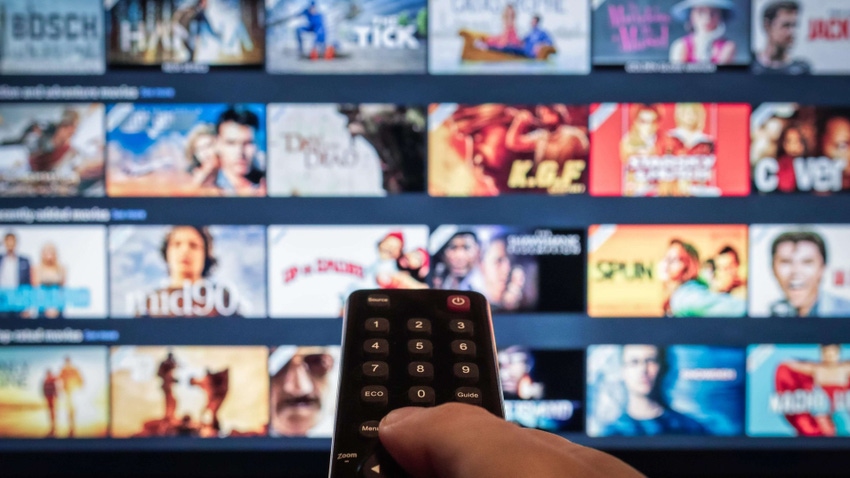FCC wants 'all-in' price for cable and satellite video services
Sharing similarities with the FCC's Broadband Nutrition Label effort, a new ruling calls on cable and satellite operators to 'clearly and prominently display the total cost of video programming service.'

The FCC has followed up its Broadband Nutrition Label initiative with new proposed rulemaking that seeks the "all-in" price for pay-TV services delivered by cable operators and satellite TV providers.
The FCC argues that providing clear, all-in prices of those services, including broadcast TV fees and regional sports programming surcharges, will help consumers "make informed choices and encourages competition in the market."
"These fees … are listed in the fine print as 'fees' or 'taxes and surcharges,' separate from the top-line listed service price and can result in a bill that is substantially more than the advertised price," the FCC explained. "This categorization can be potentially misleading and interpreted as a government-imposed tax or fee, instead of a company-imposed service fee increase. This practice can also make it difficult for consumers to compare the service prices of competing video service providers."
Streaming services might join the ruling
The FCC's new video pricing-focused Notice of Proposed Rulemaking (NPRM) seeks comment on requiring cable and satellite TV operators to provide "enhanced pricing transparency" for video programming services in promotional materials and on subscribers' bills.
Under the FCC's proposal, cable operators and DBS providers would aggregate the cost of the video programming service, including various fees, "as a prominent single line item on subscribers' bills and in promotional materials, if they choose to advertise a price in those promotional materials."
The ruling also seeks to provide consumers with the ability to comparison shop among competing cable and satellite TV services and to compare those against alternative programming providers, including streaming services.
"The advertised price for a service should be the price you pay when your bill arrives, rather than hide a bunch of junk fees that are separate from the top-line service price," FCC Chairwoman Jessica Rosenworcel said in a statement. "Increases in programming costs shouldn't be described as a tax, fee, or surcharge."
The FCC's "all-in" proposal enters the picture as US pay-TV is in a steep decline. MoffettNathanson estimated that the industry lost a record 2.31 million subs in the first quarter of 2023.
The NPRM currently doesn't seek out similar data from newer streaming pay-TV services such as Fubo, Hulu and YouTube TV. But it will ask if the FCC should expand the requirements to other types of multichannel video programming distributors (MVPDs).
The FCC's NPRM (docket 23-203) was adopted on June 14 and released today. The comment date will be set for 30 days after the NPRM is published in the Federal Register, and the reply comment date will be set for 60 days after it is published in the Federal Register.
UPDATE: Cable orgs weigh in
Both the NCTA – The Internet and Television Association and ACA Connects said they will engage with the proceeding.
"As cable providers operating in a highly competitive market for video services, we take seriously our responsibility to operate transparently and provide consumers with relevant information related to the cost of services, including those than may vary among households or region," the NCTA said in a statement. "We look forward to reviewing the NPRM and participating in this proceeding."
ACA Connects, an organization that represents many small and midsized US operators, echoed that its members are "committed to transparency," but will keep a close eye on any requirements that come from the rulemaking, ACA Connects President and CEO Grant Spellmeyer said in a statement.
"As this proceeding unfolds, we are eager to provide and review the evidence and examine the root causes of ever-increasing prices for video programming that our Members distribute, as well as ensure that any new requirements do not have the unintended effect of making video prices more opaque or confusing for subscribers," he added.
Related posts:
— Jeff Baumgartner, Senior Editor, Light Reading
About the Author(s)
You May Also Like












